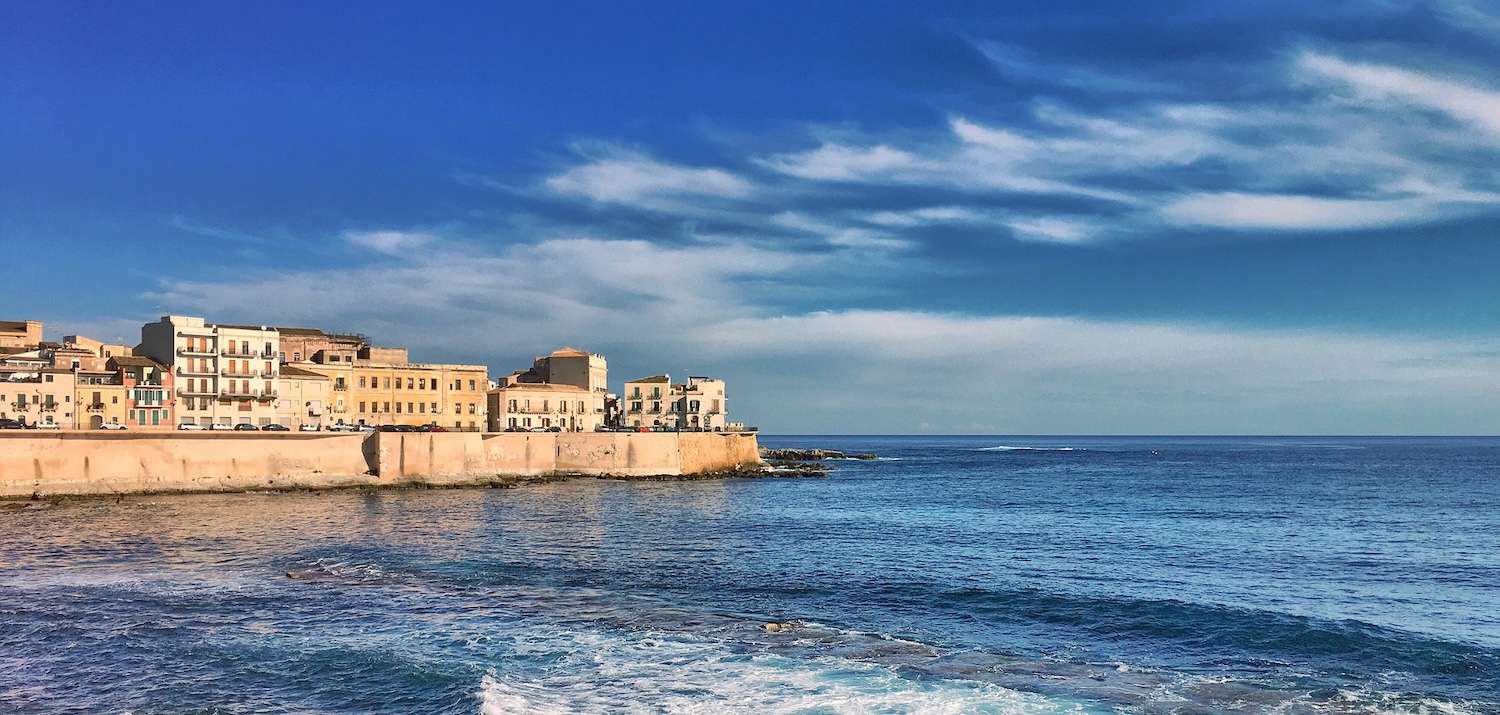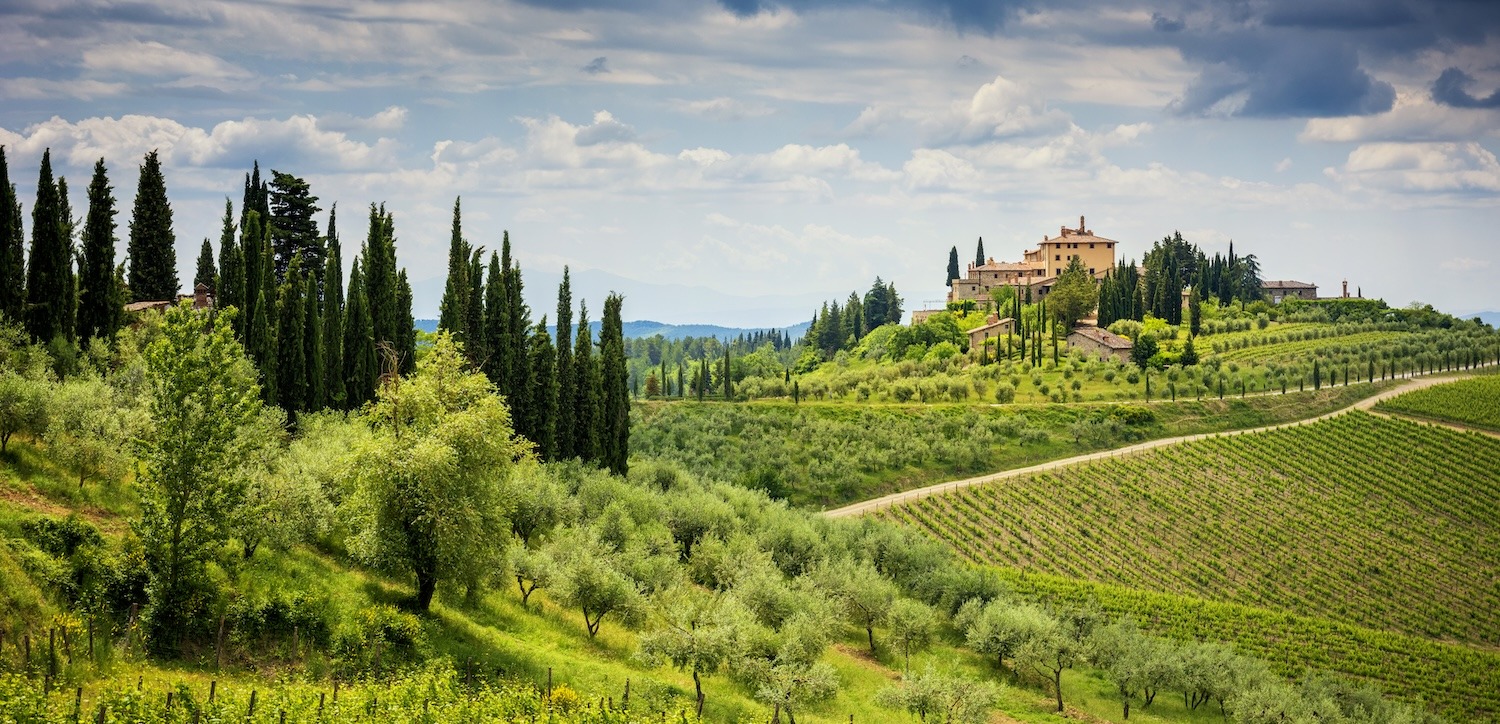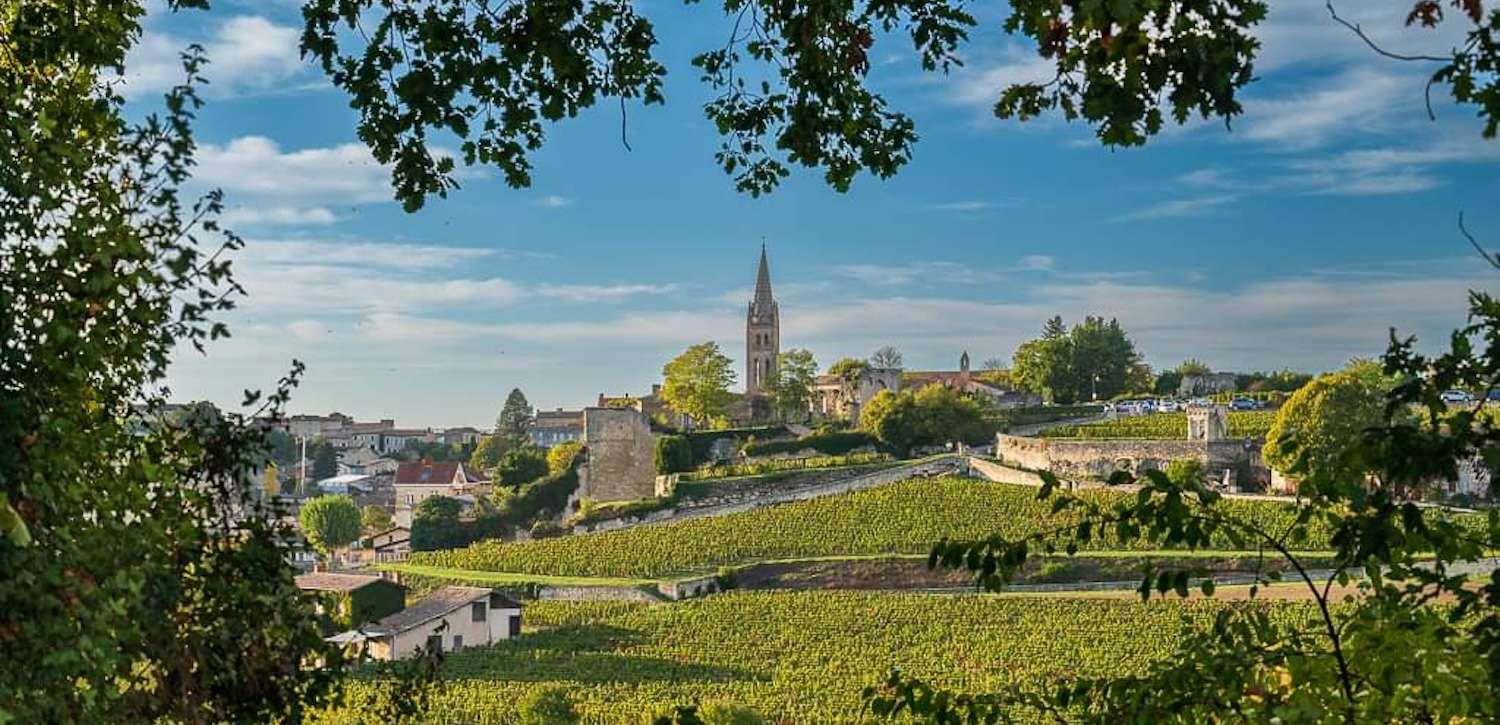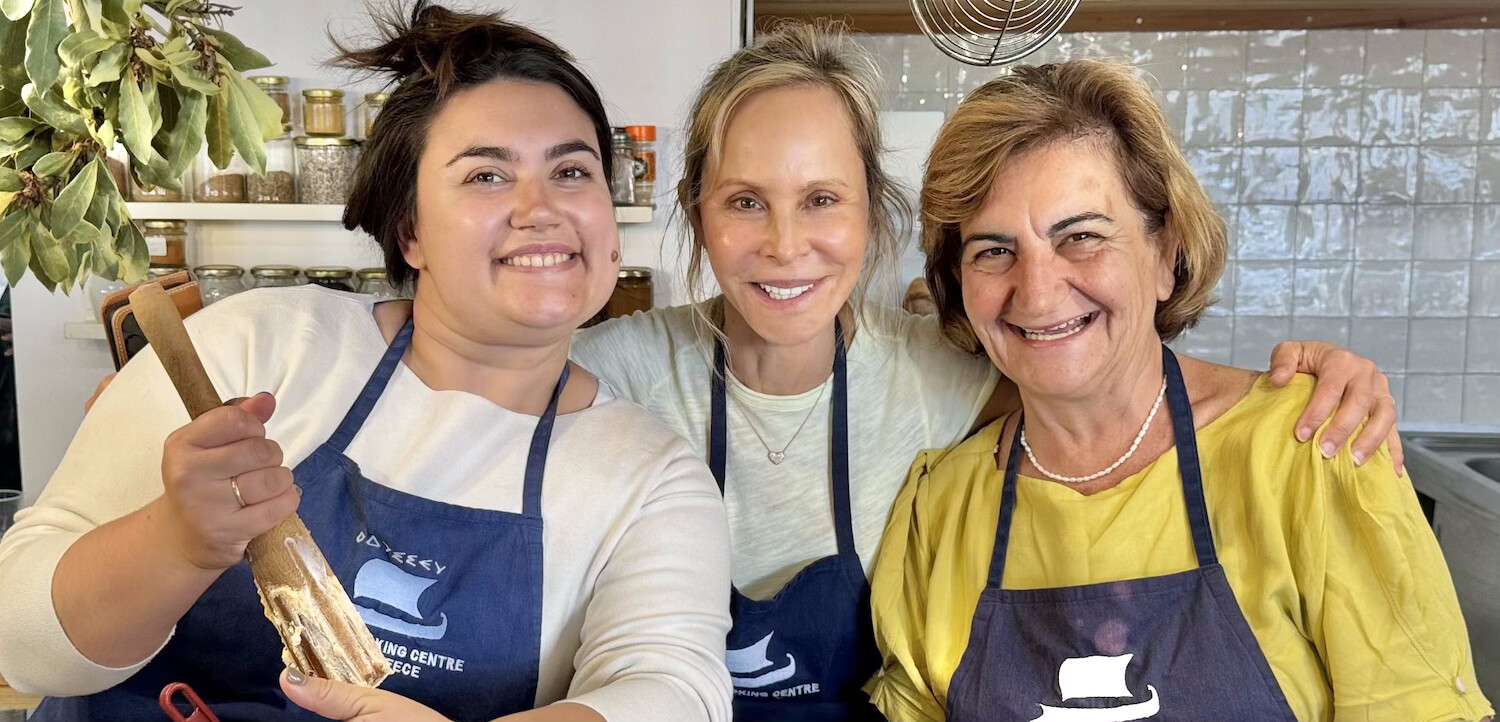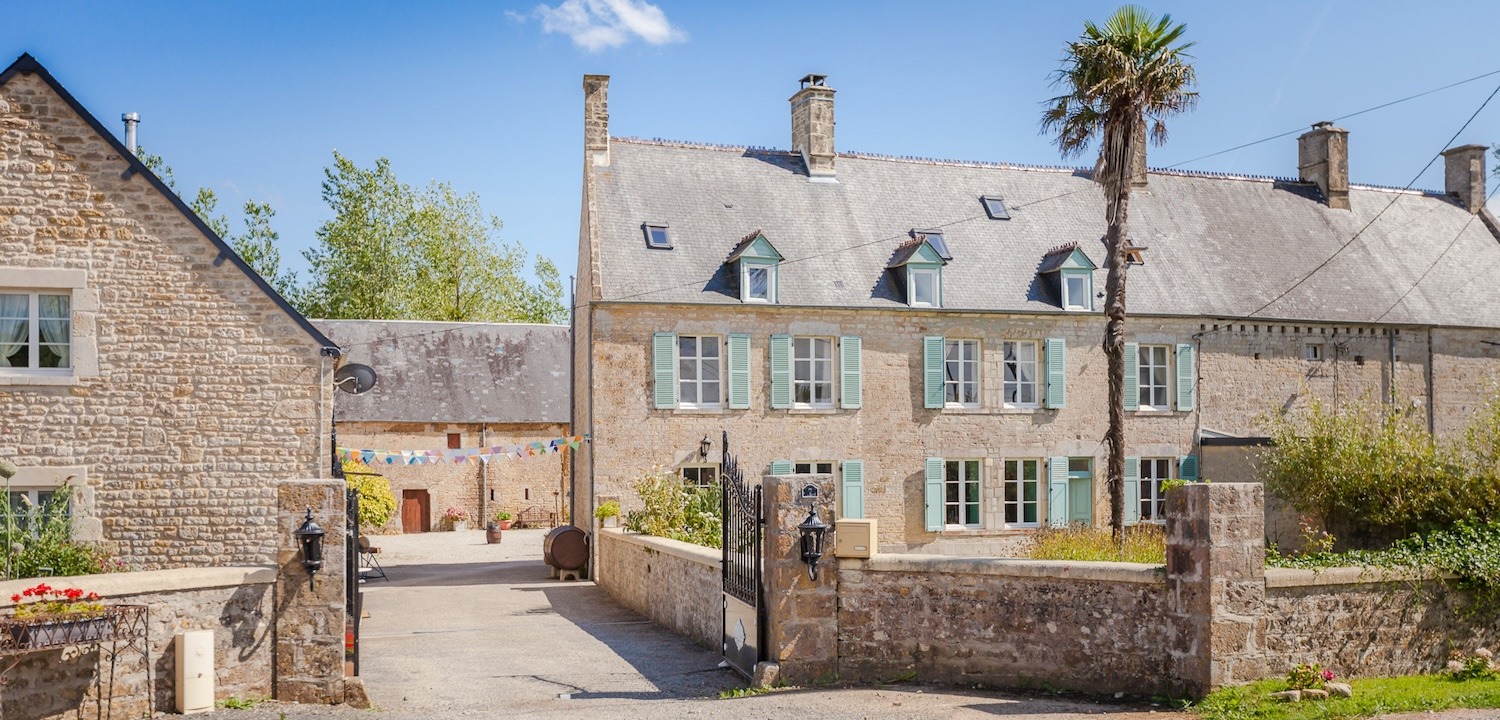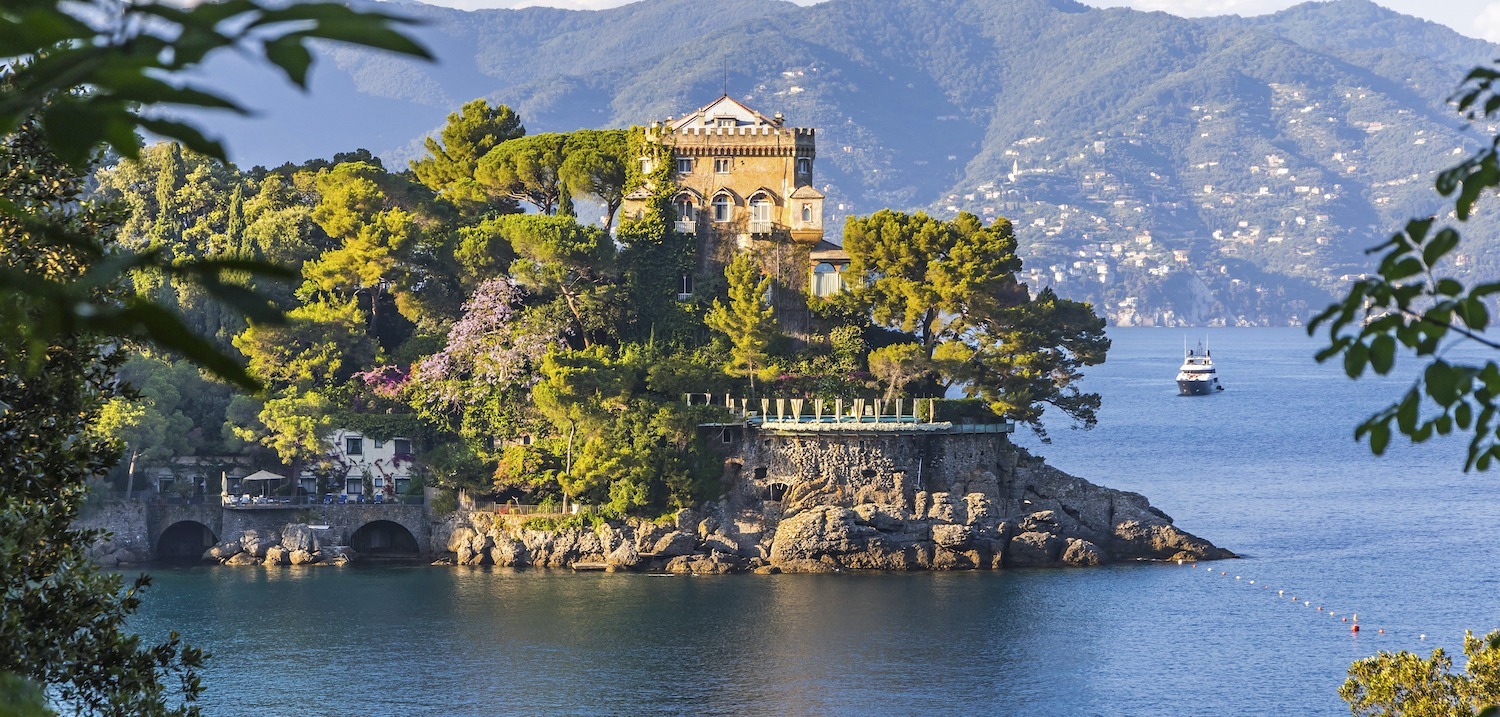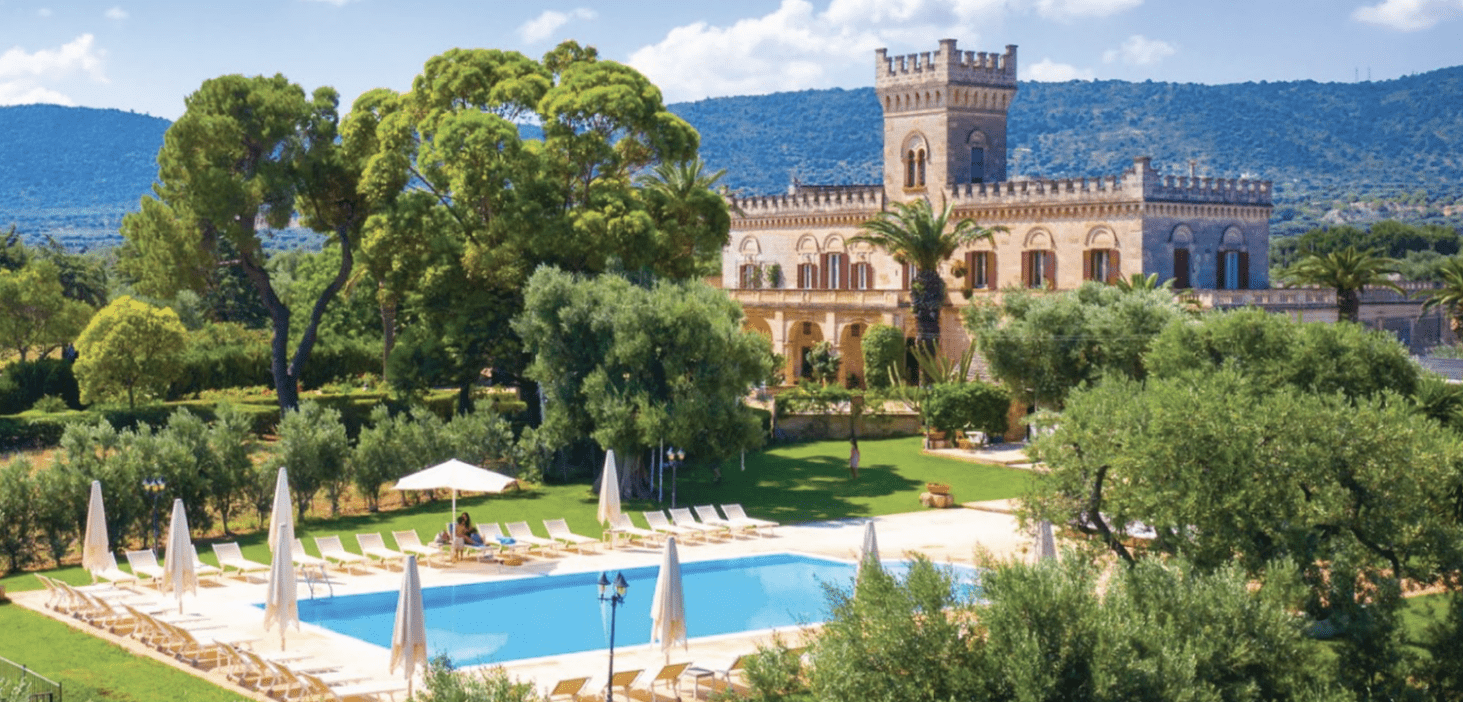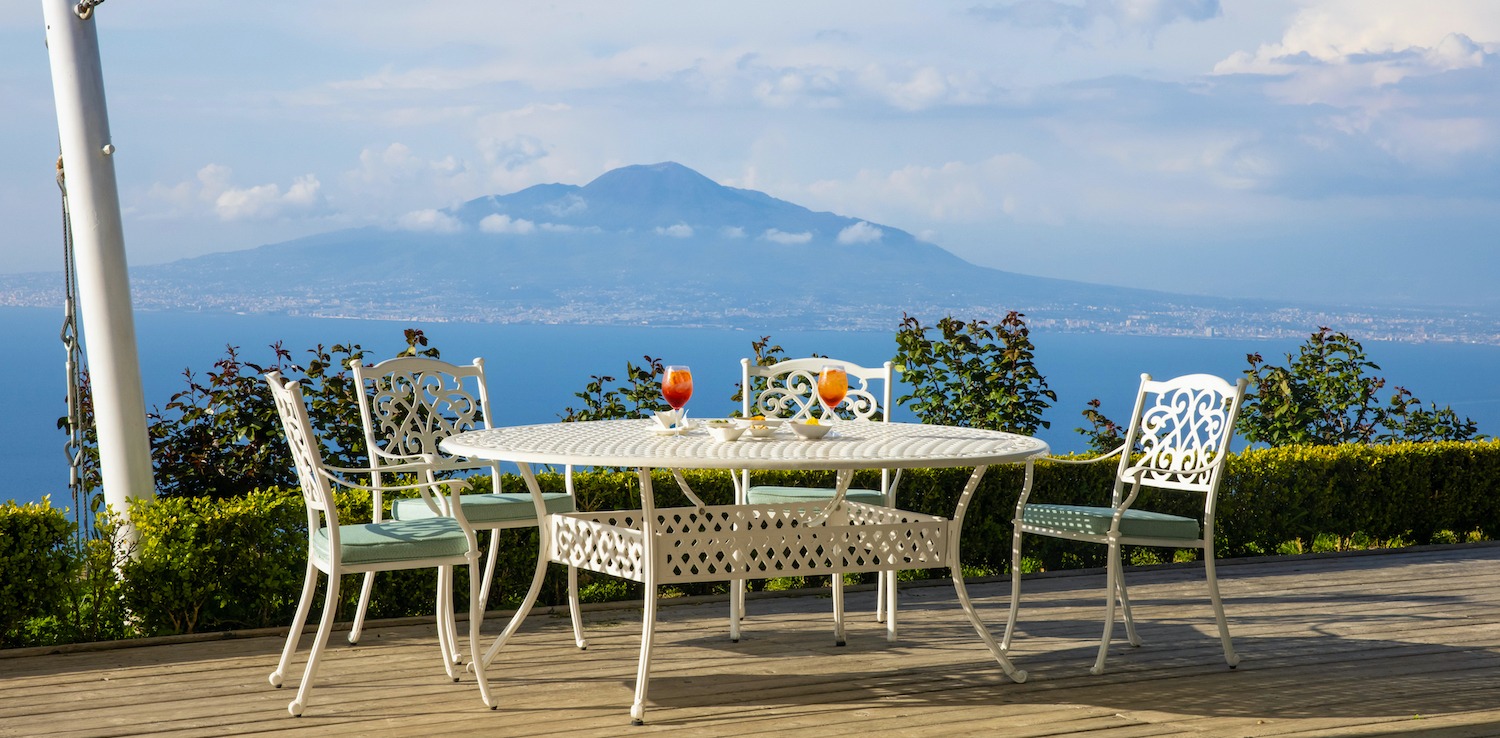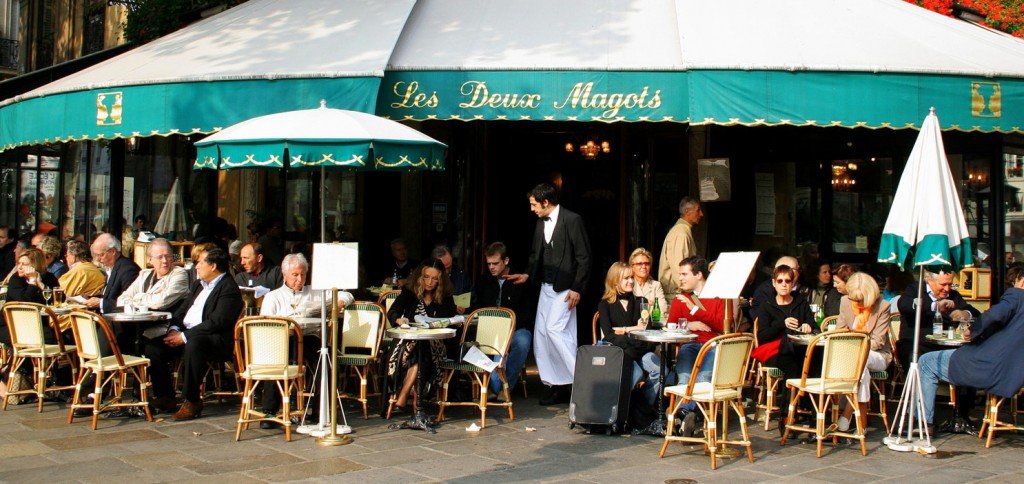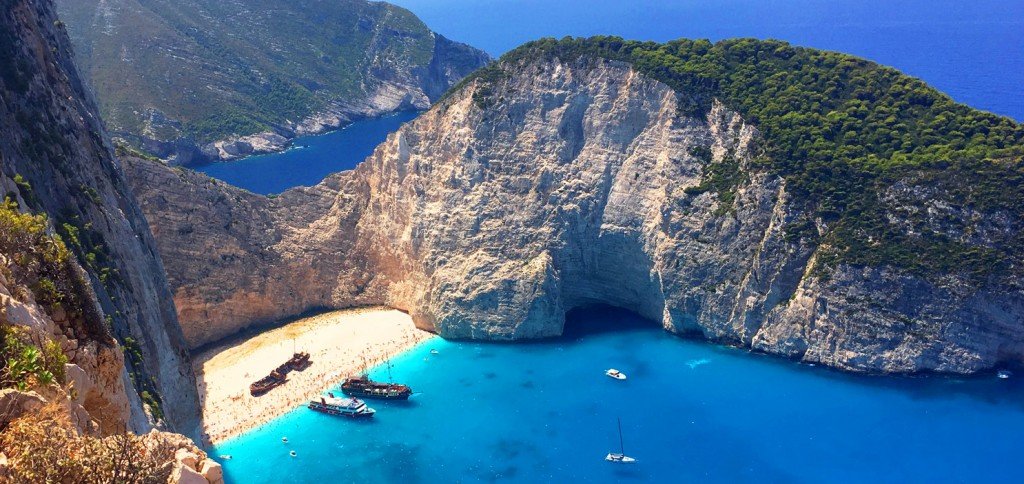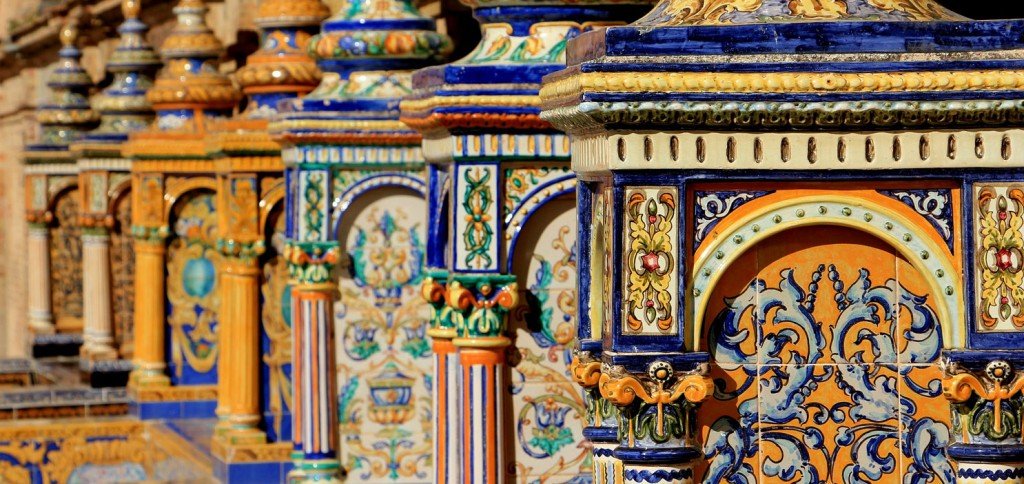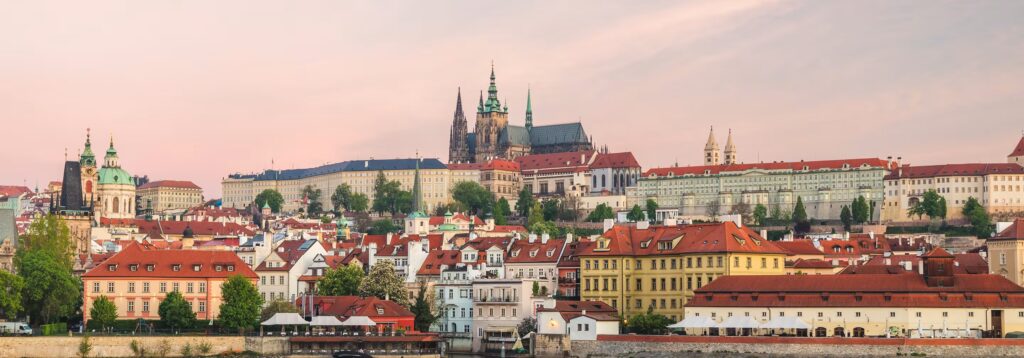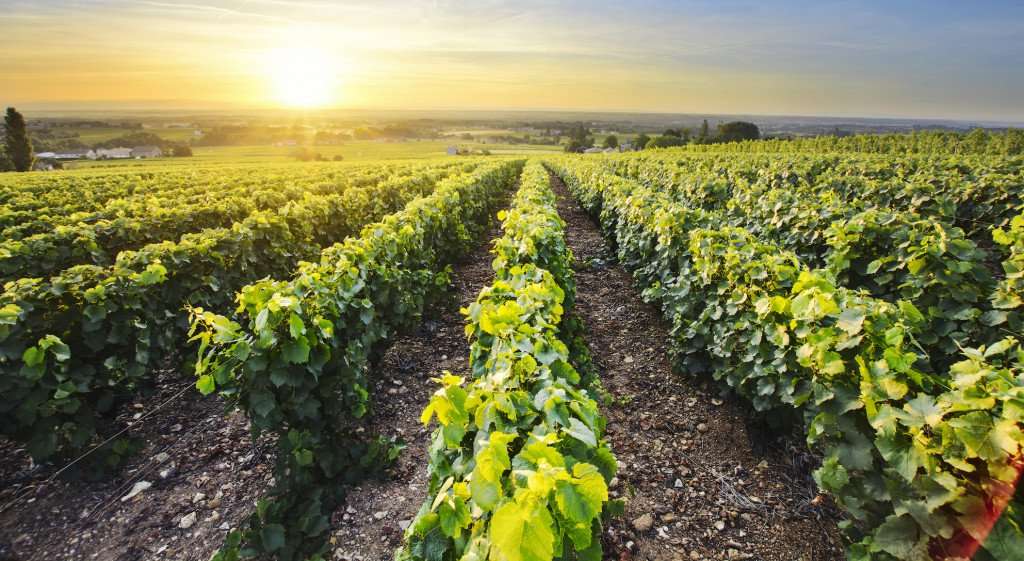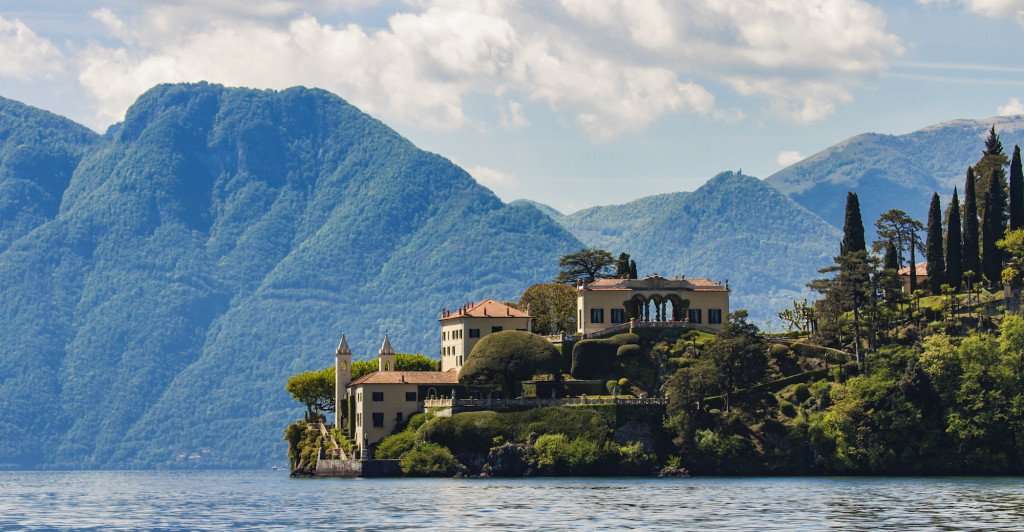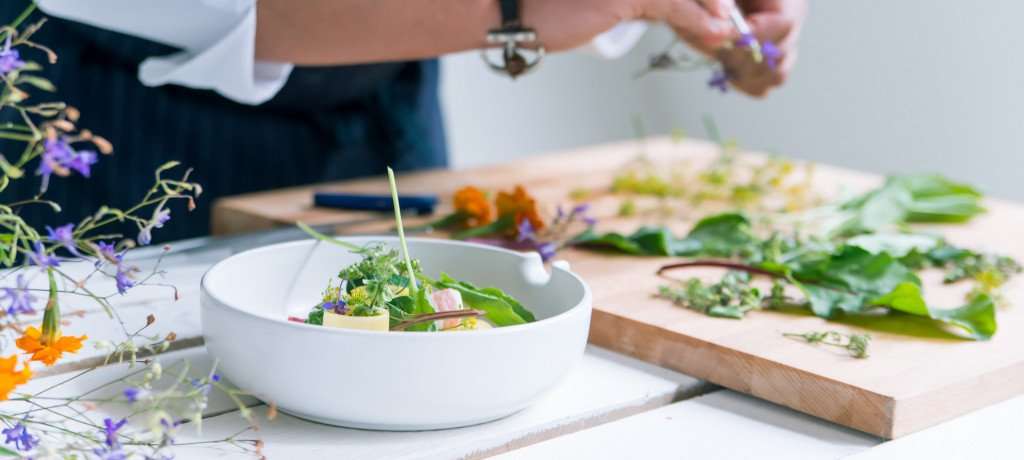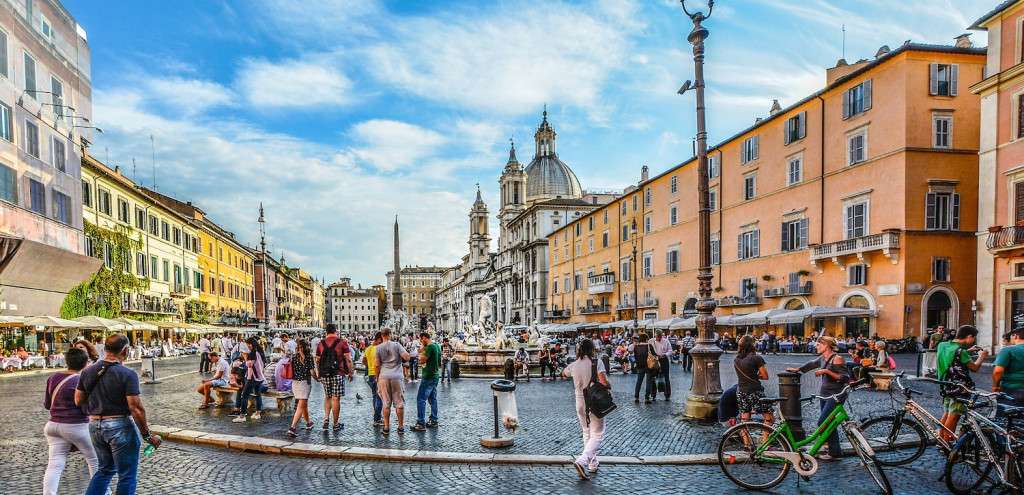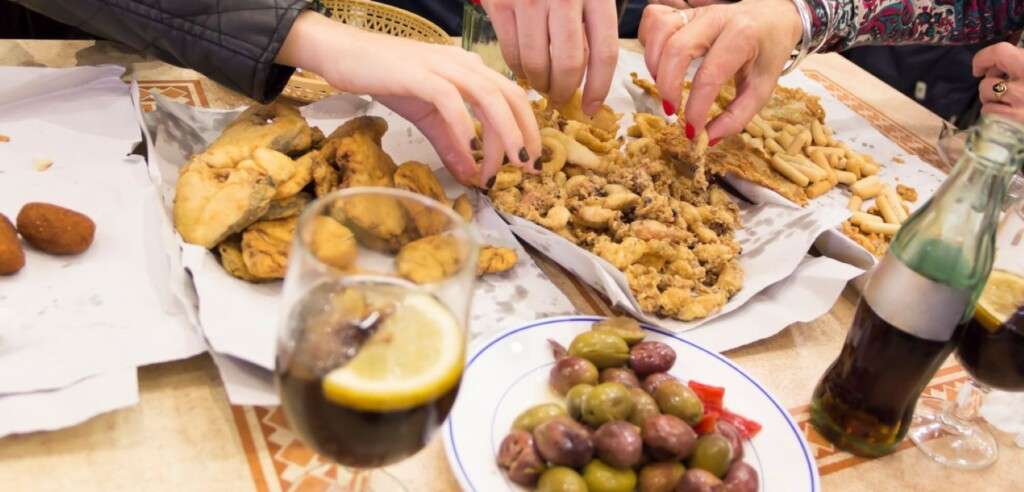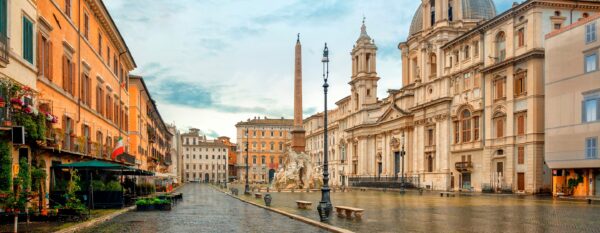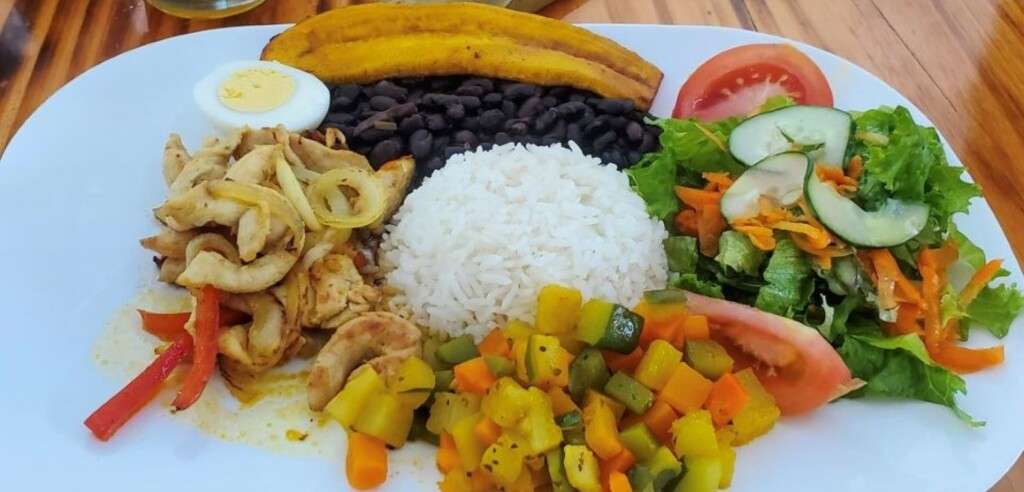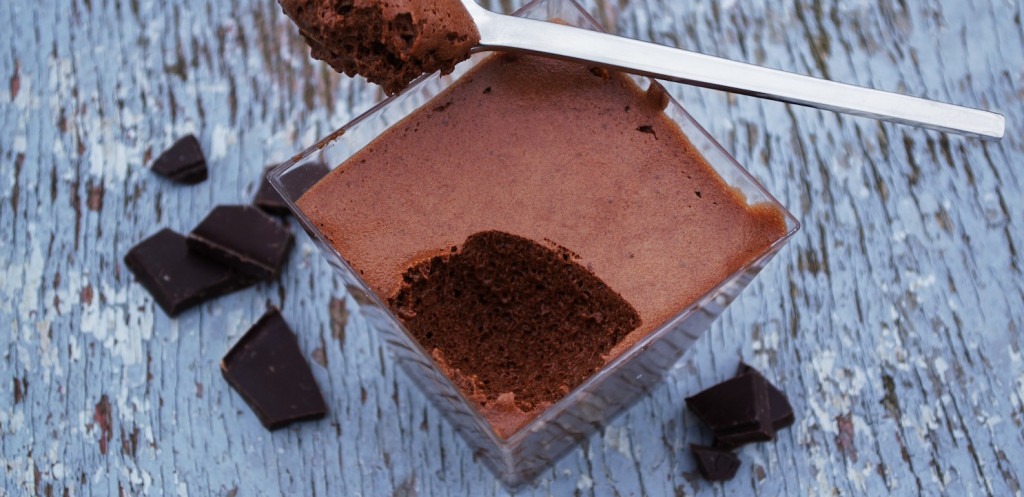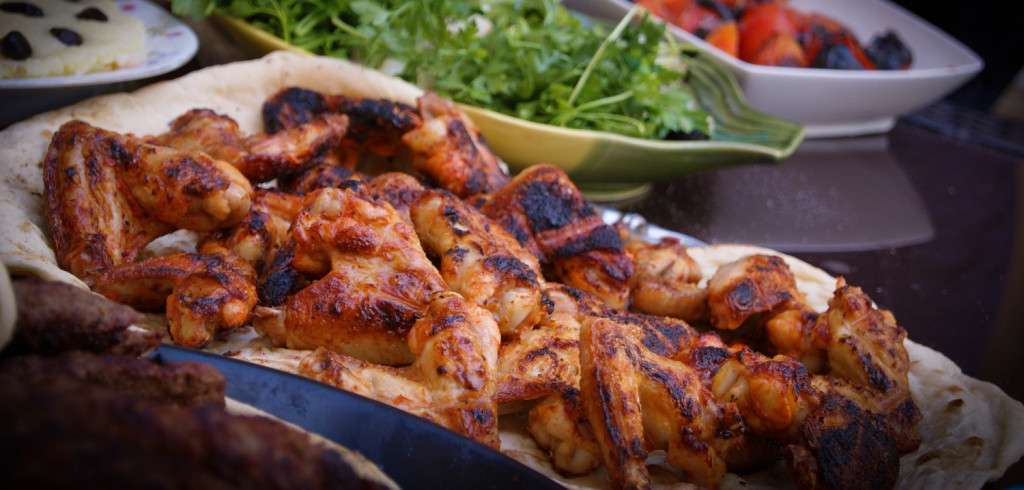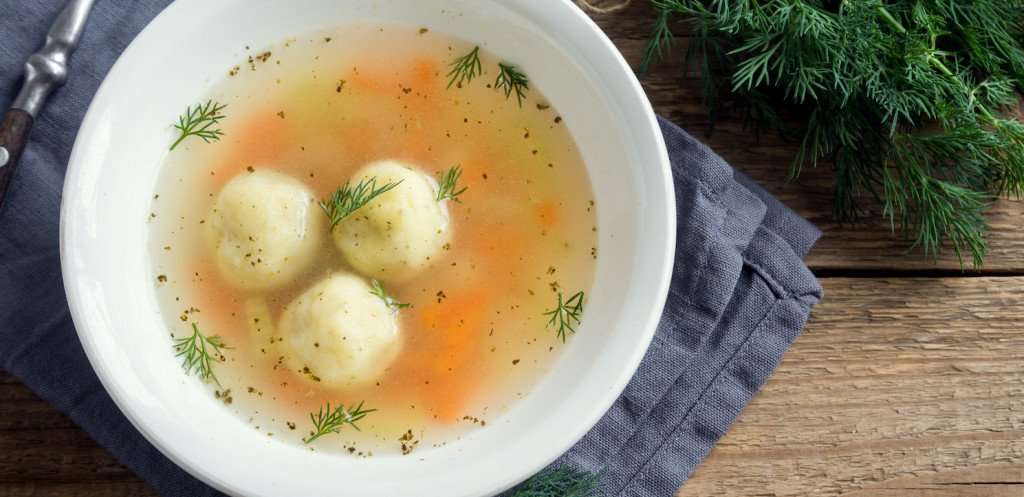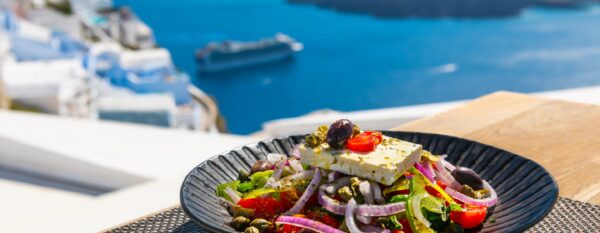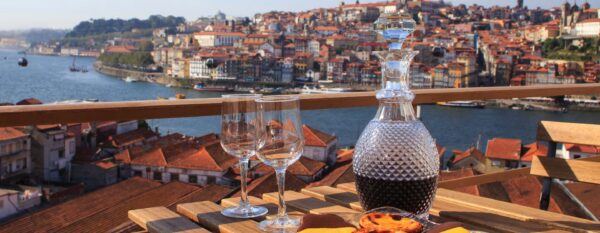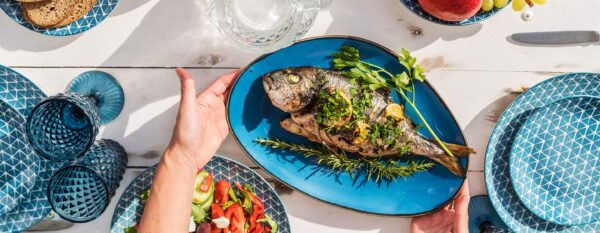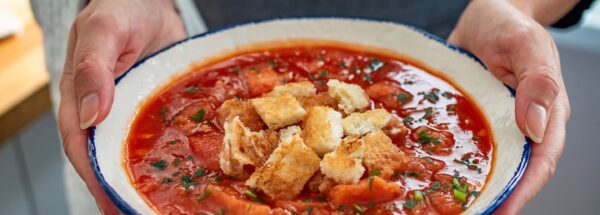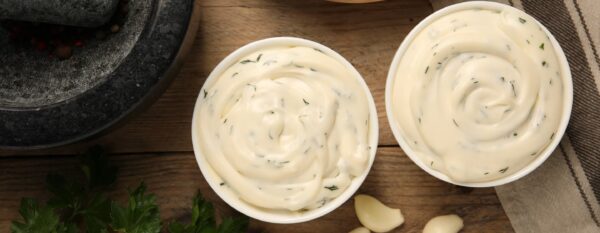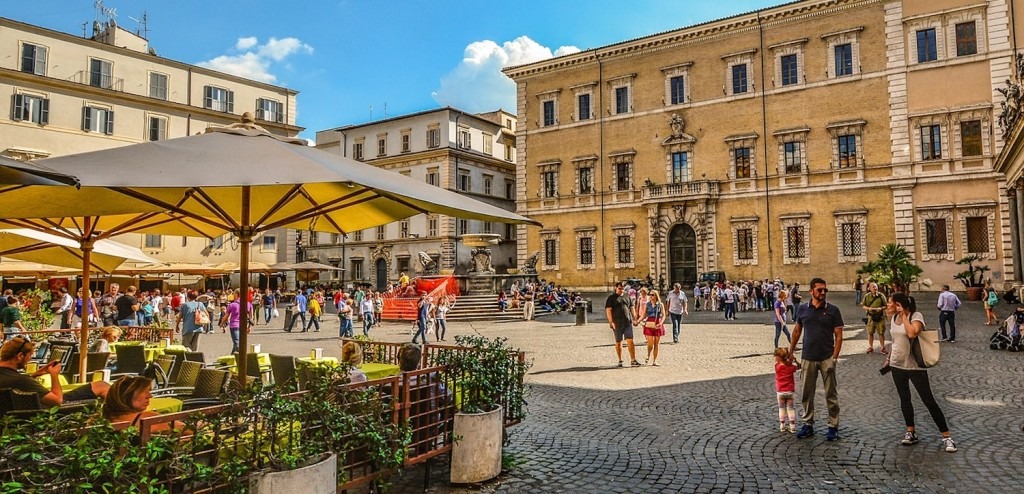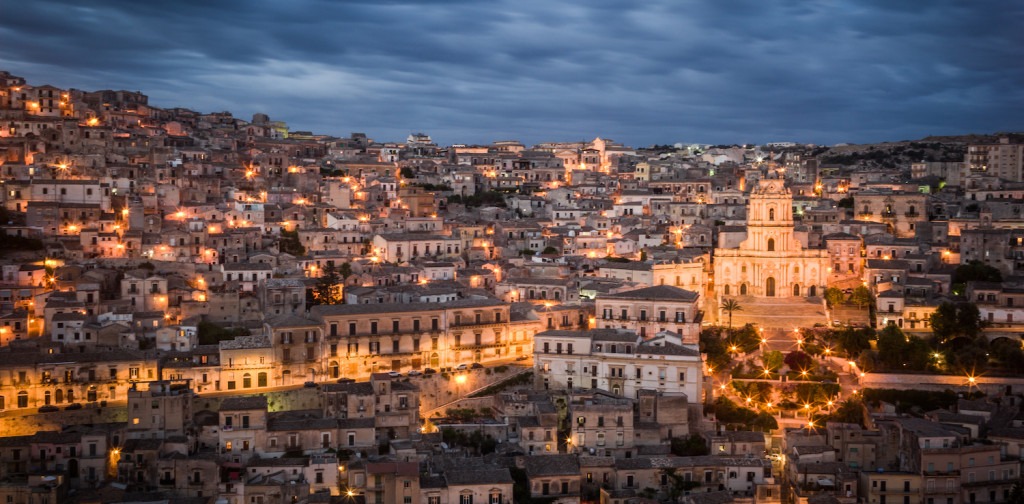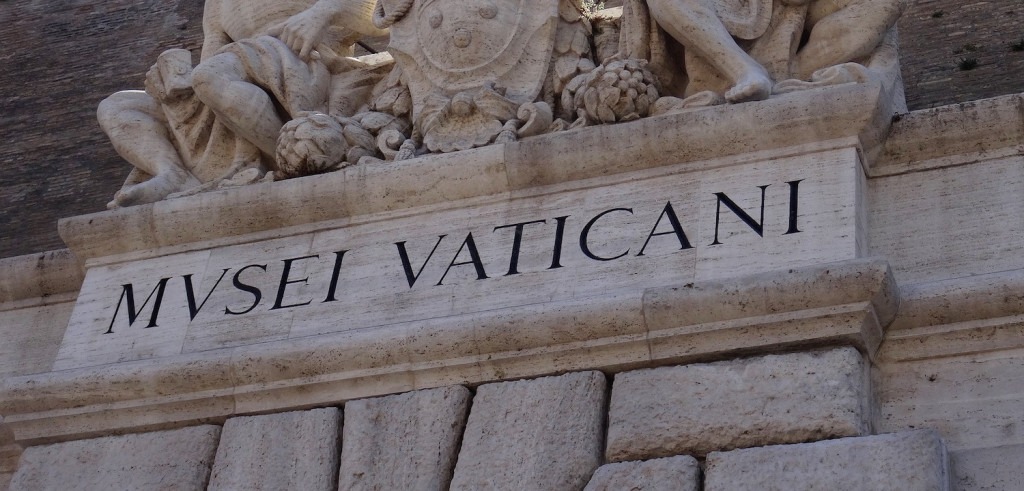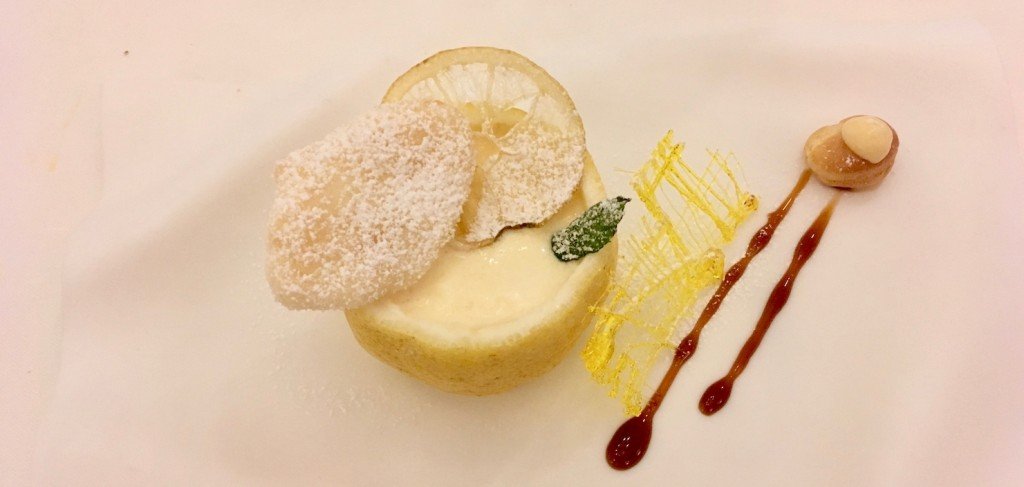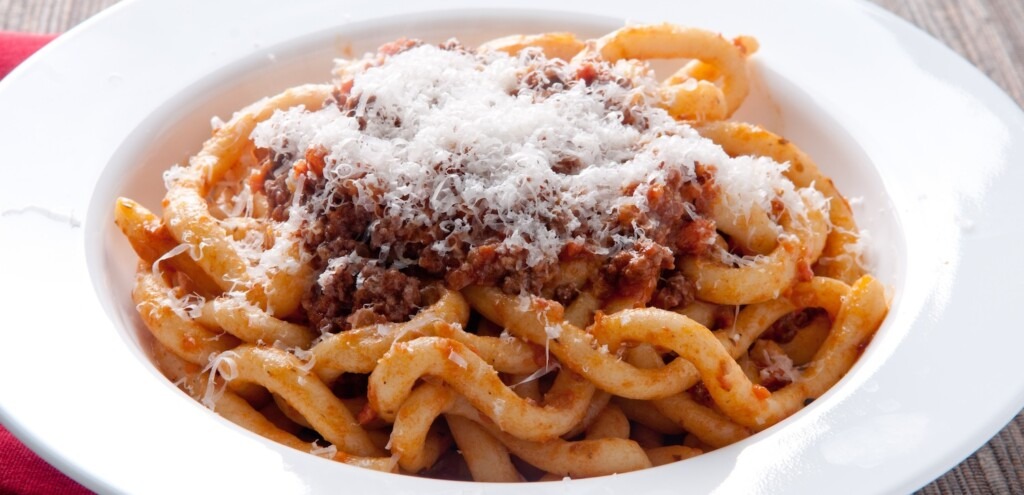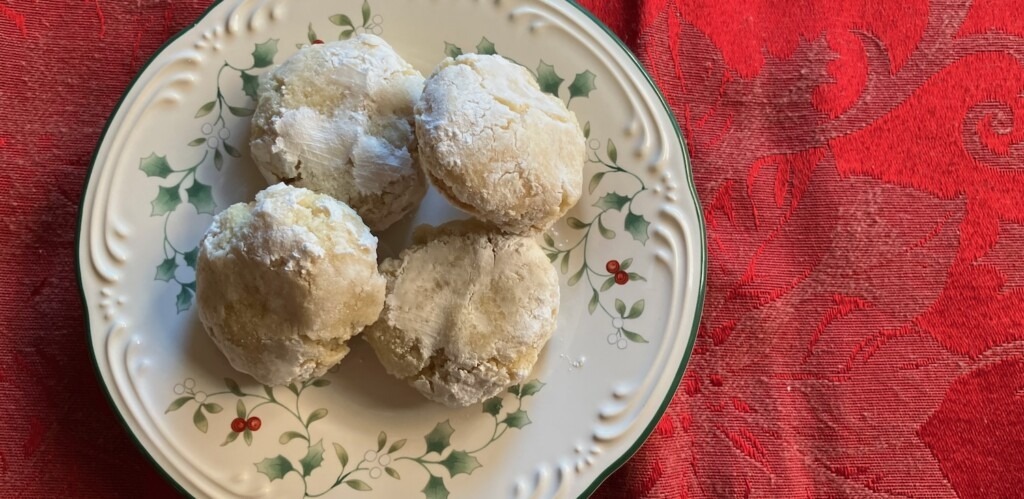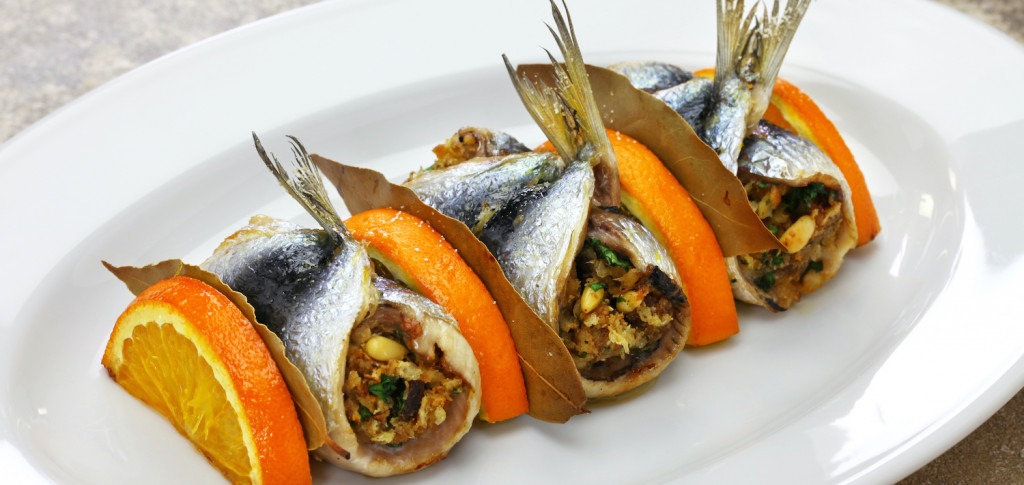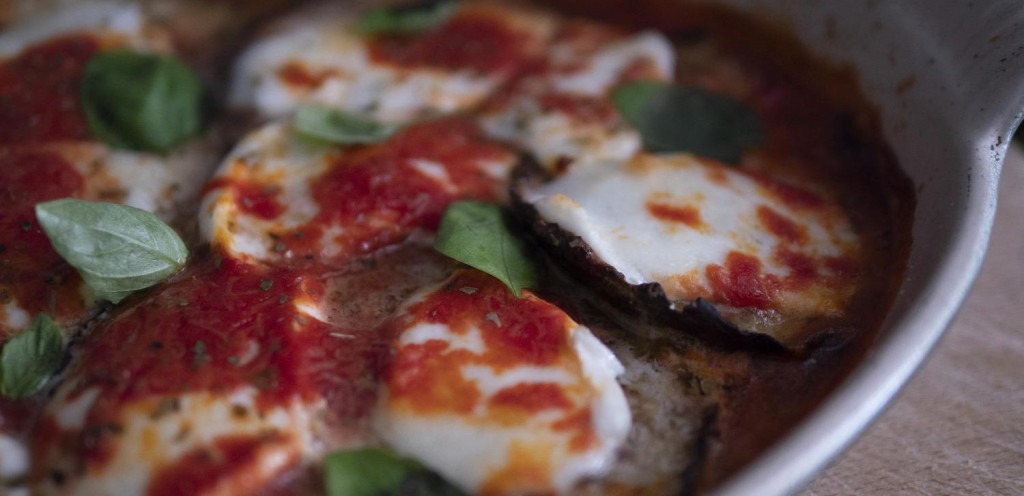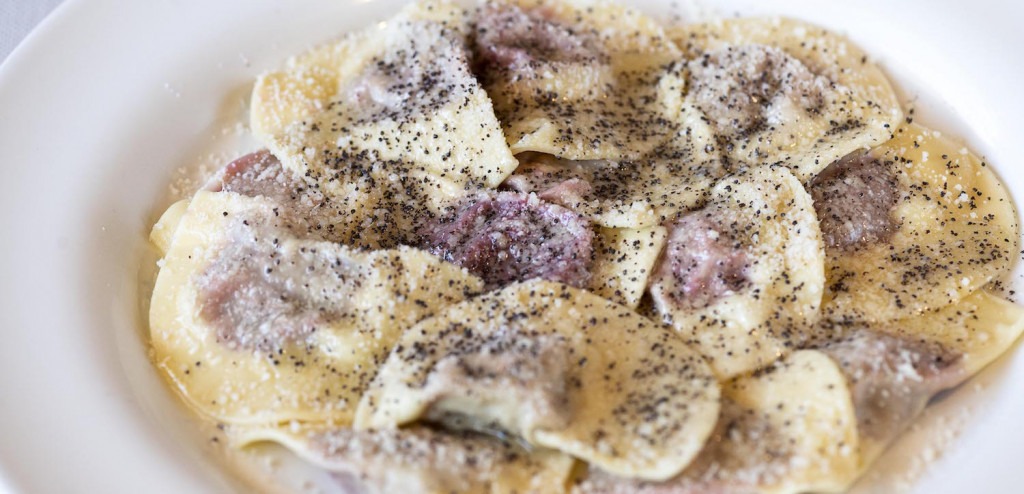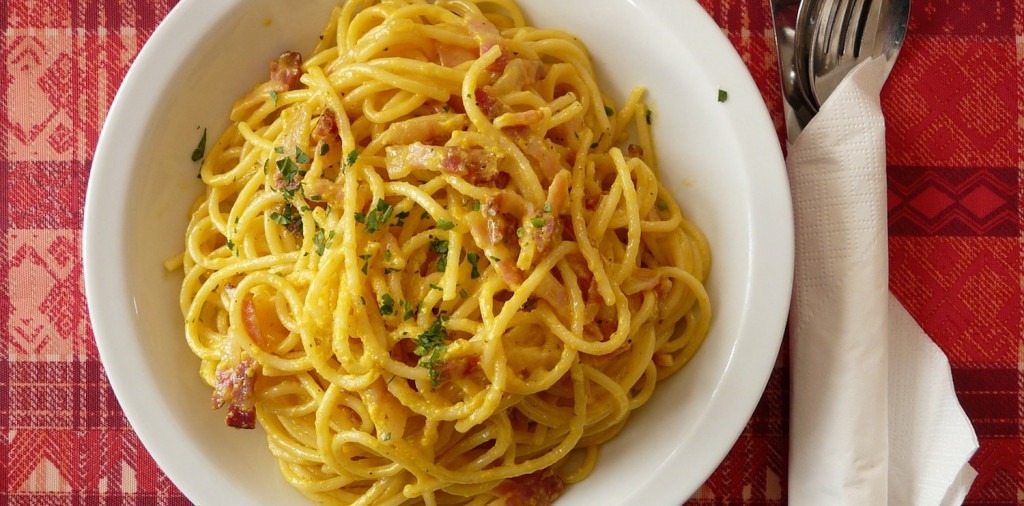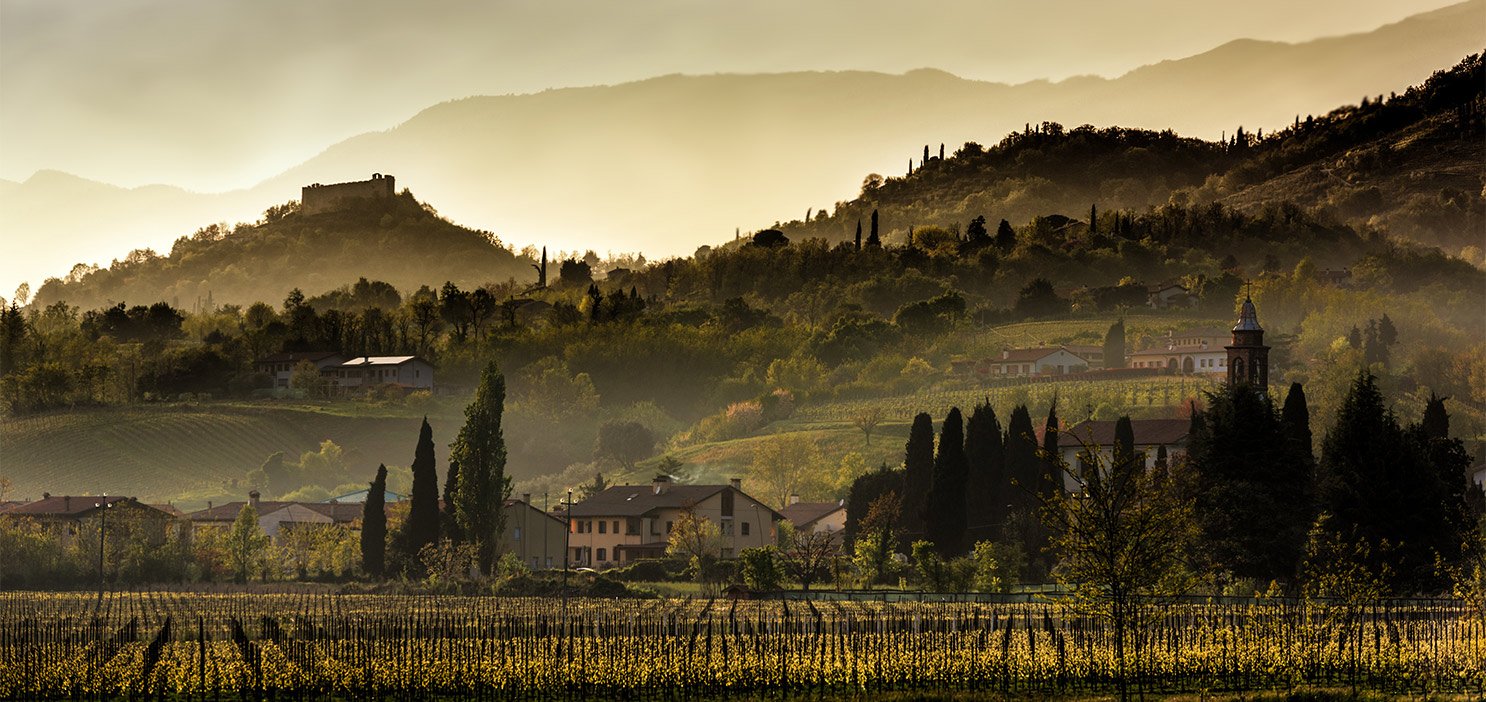
- The International Kitchen
- Blog
- Wine Lover’s Italy – A Guide to Veneto Wines
Wine Lover’s Italy – A Guide to Veneto Wines
-
-
Any cooking vacation in the Veneto would be incomplete without a tasting of its wines. This is the land of Amarone di Valpolicella, one of the most unique and prized wines in the world. And yet, much of the the Veneto’s wines are mass produced. How to sort out the true gems from the consistent, but unmemorable wines so prevalent in Italy and abroad?
 The Veneto is one of the top wine producing regions of Italy, and it offers a surprising array of wines, from the sparkling Prosecco to the intense Amarone. The most important wines of the region are prosecco (sparkling), Soave (white), Valpolicella (red), Amarone (red) and Recioto (sweet).
The Veneto is one of the top wine producing regions of Italy, and it offers a surprising array of wines, from the sparkling Prosecco to the intense Amarone. The most important wines of the region are prosecco (sparkling), Soave (white), Valpolicella (red), Amarone (red) and Recioto (sweet).
Browse all our cooking vacations in Italy.
What are the types of wines in the Veneto?
Prosecco
A sparkling wine, Prosecco is usually simple and refreshing, and does not aim for complexity. It is perfect when served with Venice’s famous cichetti and tramezzini (small plates of food and finger sandwiches), and is drunk early and often during the day in Venice. (If you were under the impression Italians don’t drink before lunch, take a trip to Venice!) It is also used to make spritz, a prosecco-based cocktail that is ubiquitous in the Veneto.
Pair prosecco with this Veneto recipe for ricotta tart.
Soave
Soave is a much-produced, sometimes mediocre, wine that can be excellent in the hands of the right vintner. Traditionally made of garganega grapes, today’s mass-produced Soaves incorporate a variety of different grapes. Soave is easily found in the US, and the trick is finding the good Soaves in the sea of mediocrity.
See our Five-Star Retreat in the Veneto food and wine tour.
 Valpolicella
Valpolicella
Like Soave, there is a lot of Valpolicella on the market, and a lot is unremarkable. But there are plenty excellent Valpolicellas to be found, including superiore and the ripasso, which uses the left-over dried grape skins from an Amarone fermentation. There are a variety of grapes that are made into Valpolicella wines, many of them unknown outside the area: corvina is the principal grape, with strong tannins and a smoky fruitiness, and at least 60% of a Valpolicella must be made of corvina and rondinella grapes, while the rest is made up of other varieties.
Learn more about Italian wines.
Amarone and Recioto
Recioto di Soave and Valpolicella are the Veneto’s famed white and red sweet wines, and are reminiscent of Sauternes and Port. Recioto wines are made by a purportedly ancient Roman process of drying (or semi-drying) the grapes, a process called appassimento, which renders the fruit more concentrated. Some might say this gives flavor to mediocre grapes, which does not honor the wine-making tradition, while others insist that a Recioto wine is only as good as the grapes that made it (whether dried or not). The most famous use of appassimento in the area, however, is not to make a sweet wine, but the dry and fabulously bewildering Amarone. Amarone di Valpolicella is one of the worlds most known and complex wines: it seems sweet and syrupy one minute, highly tannic and acidic the next. One taste can remind the palate of a fine Port or a fine Barolo. This makes it hard to know how to pair an Amarone: drink it on its own? With game and lamb? It is often paired with a plate of fine (and strong) cheeses. The grapes used for Amarone are the typical Valpolicella varieties (mostly corvina and rondinella); depending on the mix of other grapes, the length of drying-time of the grapes, and the way the wines are aged, some Amarones will be sweeter and some more acidic. All are intensely alcoholic and usually not released until at least five years after harvest.
 Regardless of which Veneto wine you choose, they are all best paired with traditional Venetian dishes, dishes you can learn to create yourself during a Veneto cooking vacation or one-day cooking class in Venice. The whites beg for a plate of seafood risotto, sarde in soar (marinated sardines), or grilled cuttlefish; Valpolicella with a fine plate of liver and onions or risotto. Amarone is an excellent braising wine, if you can stand to pour it in a pot instead of in a glass! And, as mentioned, it is especially good when paired with cheese or enjoyed on its own.
Regardless of which Veneto wine you choose, they are all best paired with traditional Venetian dishes, dishes you can learn to create yourself during a Veneto cooking vacation or one-day cooking class in Venice. The whites beg for a plate of seafood risotto, sarde in soar (marinated sardines), or grilled cuttlefish; Valpolicella with a fine plate of liver and onions or risotto. Amarone is an excellent braising wine, if you can stand to pour it in a pot instead of in a glass! And, as mentioned, it is especially good when paired with cheese or enjoyed on its own.
Sign up to Receive Our Newsletter
As well as travel tips, promotions, and information on our best cooking vacations.
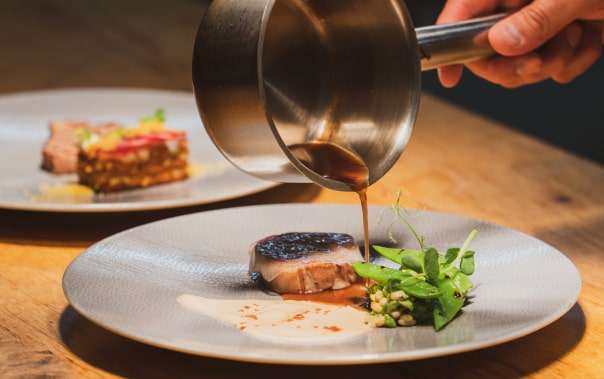
blog
Related Blog Posts
recipes

